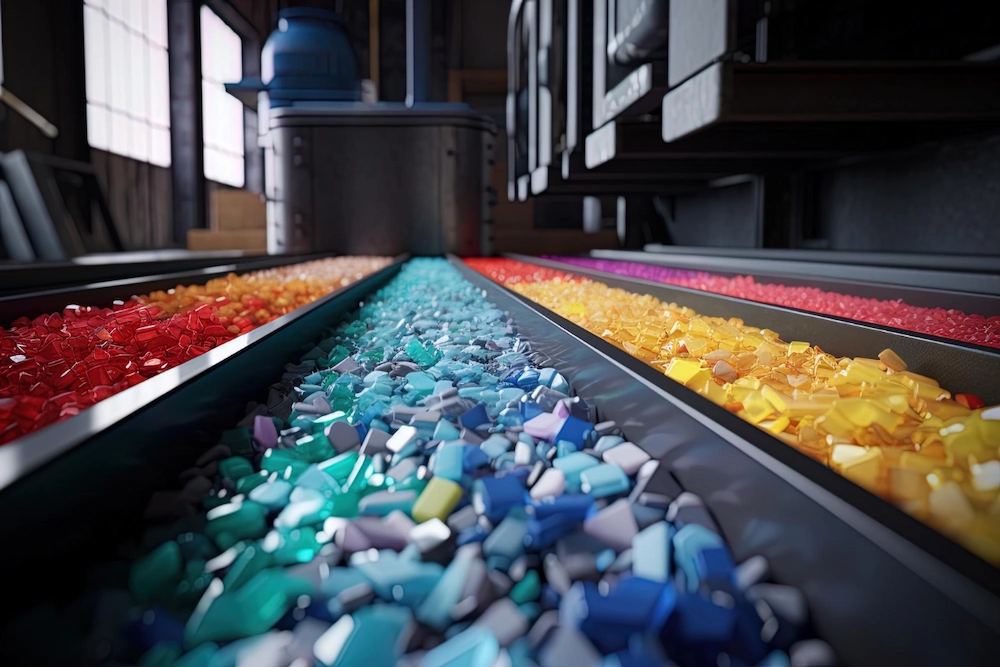Unveiling the Efficiency of Plastic Injection Molding Parts

Are you looking to revolutionize your manufacturing process? Discover how plastic injection molding parts can significantly boost your production efficiency and quality.
Introduction
Plastic injection molding parts have become a cornerstone in various industries, providing unparalleled precision, cost-efficiency, and versatility. This method is instrumental in producing high-quality components across multiple sectors, from automotive to consumer electronics. Let's delve into the world of plastic injection molding and explore its numerous benefits and applications.
What is Plastic Injection Molding?
Plastic injection molding is a manufacturing process that involves injecting molten plastic into a mold to create intricate parts with high precision. This technique is highly efficient for mass production, allowing manufacturers to produce large quantities of consistent, high-quality parts.
Advantages of Plastic Injection Molding Parts
1. Precision and Consistency
One of the key benefits of plastic injection molding parts is the ability to produce complex shapes with exceptional accuracy. This method ensures each part meets exact specifications, reducing the need for post-production modifications.
2. Cost-Efficiency
Plastic injection molding is highly cost-effective, especially for large production runs. The initial mold creation might be expensive, but the cost per part significantly decreases as production volume increases, making it an economical choice for many industries.
3. Material Versatility
This process supports a wide range of thermoplastic and thermosetting materials, offering flexibility in choosing the best material for your specific application. From durable automotive components to lightweight consumer goods, the possibilities are endless.
4. High Production Rate
The cycle time for plastic injection molding is relatively short, allowing for a high production rate. This efficiency translates to faster turnaround times and the ability to meet high demand without compromising quality.
5. Minimal Waste
Plastic injection molding generates minimal waste as excess material can often be recycled and reused in future production cycles. This sustainability aspect not only benefits the environment but also reduces material costs.
Applications of Plastic Injection Molding Parts
Plastic injection molding is prevalent in various industries due to its versatility and efficiency. Here are a few notable applications:
Automotive Industry
Plastic injection molding parts are extensively used in the automotive sector to produce components such as dashboards, bumpers, and interior panels. The precision and durability of these parts are critical for vehicle performance and safety.
Medical Devices
The medical industry relies on plastic injection molding to manufacture high-precision parts for devices like syringes, surgical instruments, and diagnostic equipment. The ability to produce sterile and accurate components is crucial for patient safety.
Consumer Electronics
From smartphone housings to laptop casings, plastic injection molding parts are essential in the electronics industry. The process ensures high-quality finishes and robust designs that withstand daily use.
Packaging
Plastic injection molding is also used in creating packaging solutions, such as caps, containers, and lids. These parts are designed to be durable, lightweight, and cost-effective, meeting the demands of various packaging requirements.
Plastic injection molding parts offer a myriad of benefits, making it a preferred manufacturing method across numerous industries. The process provides precision, cost-efficiency, and versatility, essential for producing high-quality components at scale. By embracing this technology, manufacturers can enhance their production capabilities and meet the ever-growing market demands.
Final Thoughts
Are you ready to elevate your manufacturing process with plastic injection molding parts? Explore the endless possibilities and see how this innovative technology can transform your production line.








